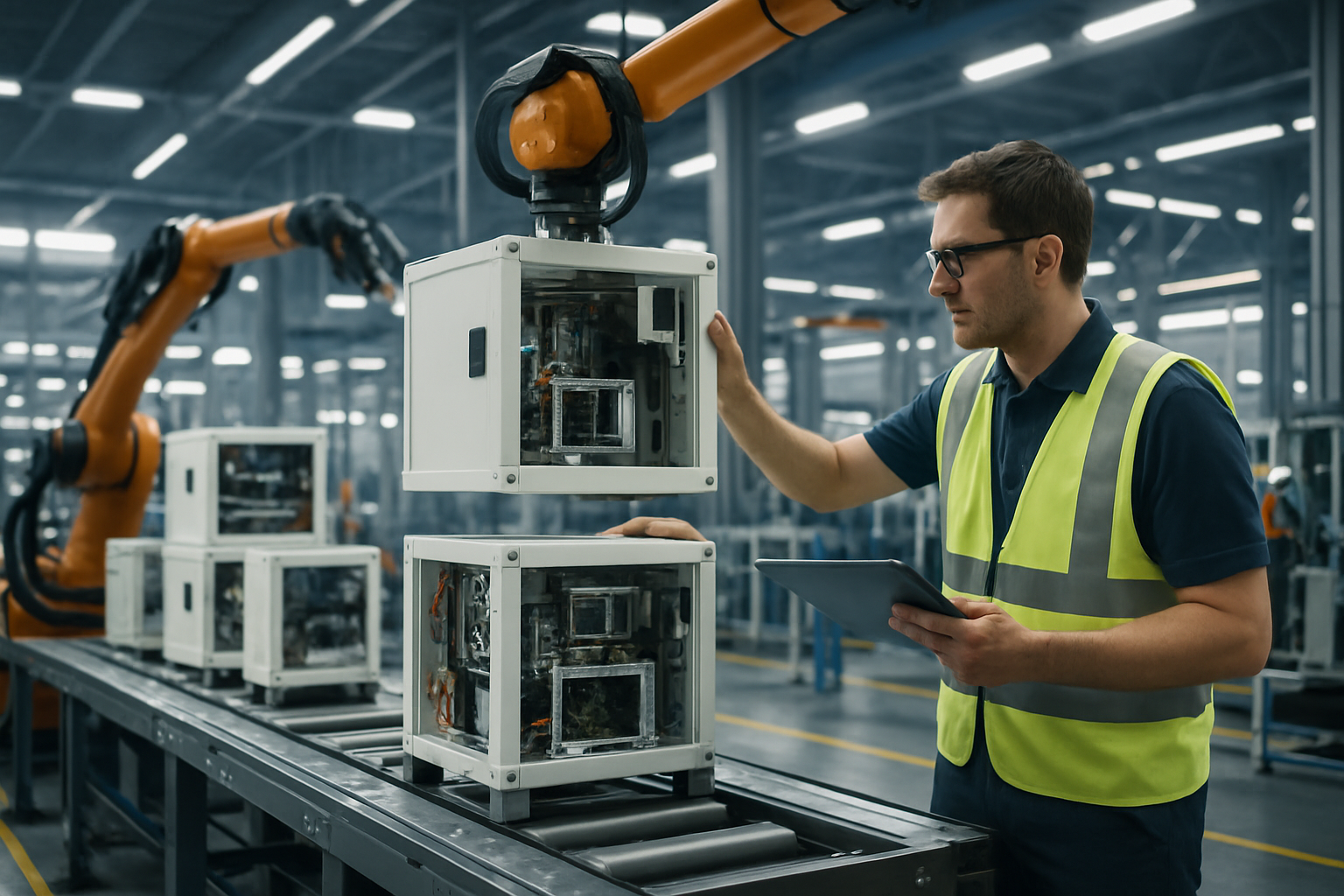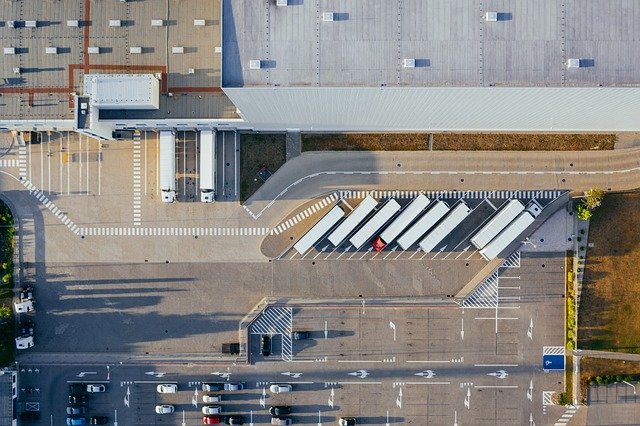Cartoning Machine: Types, Benefits, and How to Choose the Right One
A cartoning machine automates the process of folding and filling cartons for products ranging from pharmaceuticals and cosmetics to food and consumer goods. Modern systems reduce labor, improve consistency, and speed packaging lines while maintaining product protection and presentation. This article explains how cartoning machines work, the main types and formats, selection criteria, integration needs, and practical considerations for installation and upkeep.

What is a cartoning machine?
A cartoning machine forms, fills, and seals cartons—typically paperboard boxes—around products. Machines can handle single items, multiple units, or bulk inserts and may operate intermittently or continuously. They replace manual carton assembly and packaging steps, improving throughput and minimizing human error. Cartoning machines are widely used when product presentation and unit protection are important, such as in pharmaceuticals, cosmetics, food products, and consumer electronics.
How do cartoning machines work?
Basic operation involves carton feeding, erecting/folding, product insertion, and closure. Cartons are fed from a magazine, opened into shape by mechanical or vacuum systems, and positioned for product insertion. Filling may be manual, semi-automated, or integrated with upstream equipment like fillers or conveyors. Finally, closure is achieved by tucking flaps, gluing, or applying adhesive tape. Sensors and servo controls coordinate timing, ensuring gentle handling and accurate placement to avoid jams and mispacks.
Types and formats available
Cartoning machines vary by operation style and carton format. Horizontal cartoners insert products parallel to the carton opening and are common for trays, blister packs, and multi-packs. Vertical cartoners place products into cartons from above and are suited for bottles, sachets, and stand-up pouches. Other distinctions include intermittent-motion machines (stop-and-start cycles) and continuous-motion machines (for high-speed lines). Custom tooling can adapt machines to different carton sizes, windowing, sleeve styles, and multi-up cartons.
Which cartoning machine suits your production?
Choose based on production speed, product fragility, carton style, and future flexibility. Lower-volume operations may prefer semi-automatic or intermittent machines for cost-effectiveness and easier changeovers. High-volume lines generally require continuous-motion cartoners with automated changeovers and in-line integration. Consider product dimensions, tolerances, and whether additional processes (inserts, desiccants, leaflets) are required. Evaluate changeover time, tooling cost, and the availability of spare parts and technical support in your area.
Installation, maintenance and safety considerations
Proper installation includes precise alignment with upstream and downstream equipment, electrical and pneumatic hookups, and safety guarding compliant with applicable regulations. Preventive maintenance—regular cleaning, lubrication, belt and guide inspections, and sensor calibration—keeps downtime low and extends machine life. Train operators on safe setup and troubleshooting, and keep a log of spare parts consumption to anticipate replacements. Safety interlocks, emergency stops, and clear access pathways are essential to protect operators and meet regulatory requirements.
Integrating with production and quality control
Integration goes beyond physical alignment: communications protocols (e.g., Ethernet/IP, ProfiNet) allow synchronization with fillers, vision systems, and plant-level MES/SCADA systems. Vision inspection and rejection mechanisms ensure carton integrity, correct labeling, and batch traceability. Consider adding serialization or tamper-evident features for regulated sectors like pharmaceuticals. Plan for validation and qualification where required, and include data logging for quality audits. Flexible software and modular I/O simplify future updates and scaling as production needs evolve.
Conclusion
Selecting the right cartoning machine balances speed, flexibility, and reliability with operational constraints such as floor space and maintenance capacity. Assess the product range, carton styles, and integration needs, and prioritize machines with robust service networks and spare parts availability in your area. Thoughtful planning for installation, operator training, and preventive maintenance will ensure the system delivers consistent throughput and long-term value.






